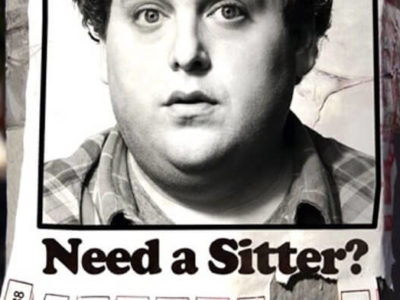Moviegoers beware: the term “viral sensation” isn’t just reserved for the likes of “David after Dentist” anymore.
Movies are reliant upon advertising to rake in the numbers at the box office and as such, advertising agencies have always been forced to think outside the proverbial box and use creative tactics in order to garner attention.
However, connecting with an audience that would prefer to be watching the world’s next “Charlie bit my finger” or the latest cat meme has proved to be a major roadblock for conventional advertising agencies.
The solution: viral video campaigns.
Instead of trying to go against the grain, advertisers have taken to a “when in Rome” approach and have developed the concept of viral promotions to attract attention to their product. This new model follows a basic formula, where a staged viral sensation is created and then later revealed to merely be a marketing ploy.
“It is a direct result of the technological age we're in, where people can instantaneously comment on information with sites like Facebook and Twitter. It makes it logical to have advertisements portray the same idea,” said Allan Friedman, a freshman at Miami University.
However, as advertisers and amateur videographers alike have begun to realize, creating a viral sensation is oftentimes easier said than done. This truth has forced advertisers to go even deeper, resulting in an influx of some outrageous, smart, and downright funny promotional campaigns.
2008 marked a surge in these campaigns with the likes of Cloverfield, whose theatrical trailer did not feature the title of the film, but rather only its release date; it also created fake MySpace pages for the fictional characters.
Similarly, The Dark Knight’s marketing campaign combined online and real-life elements such as allowing fans to “vote” for the political offices in Gotham City and putting hidden numbers in queue lines for The Dark Knight attraction ride in Six Flags.
Recent films like In Time and Limitless have also been using viral videos hoaxes to generate hype.
So what’s the latest film to catch the viral promotion bug? Jonah Hill’s new comedy, out Dec. 9, called The Sitter.
The marketing campaign for this film consists of fake babysitting advertisements with a number attached to it. People are encouraged to call the number and leave voicemails.
The funniest voicemails are then compiled and posted on the movie’s Facebook and Twitter pages, which provides links to other movie-related content.
This brilliant move by the film’s advertising agency has garnered an enormous amount of free publicity. Furthermore, this trending topic has been floating around the Internet for months and, with the release date only a couple of weeks away, the buzz surrounding the film will certainly increase.
“It is effective advertising because it means that marketers understand their demographic and are trying to create as much hype for the film as possible,” said Friedman.
While its current success is undeniable, Jesse Krumholtz, a freshman at University of Michigan, questions its effectiveness across the board. “I think in this instance it obviously works but for other movies, like Oscar-type movies, this wouldn’t be the way to go.”
Are viral movie campaigns the way of the future? Can this idea spread successfully to other genres of film? Only time will tell. For now, it seems as though this new form of movie promotion may become more than just a passing trend.
So the next time you are watching a viral video of a baby lion at the zoo, take it in with an inquisitive eye. You may actually be watching the upcoming trailer for Madagascar 3.



















